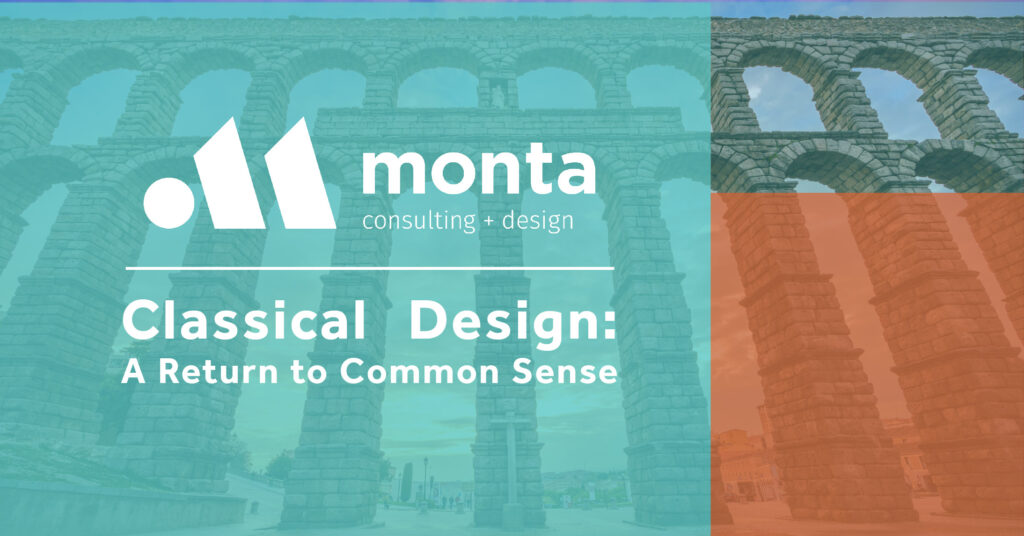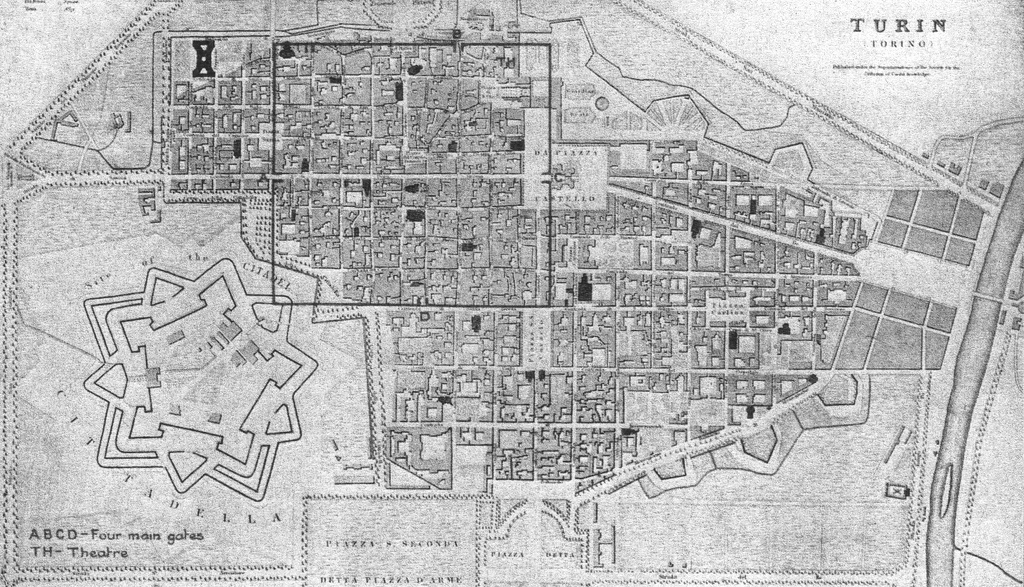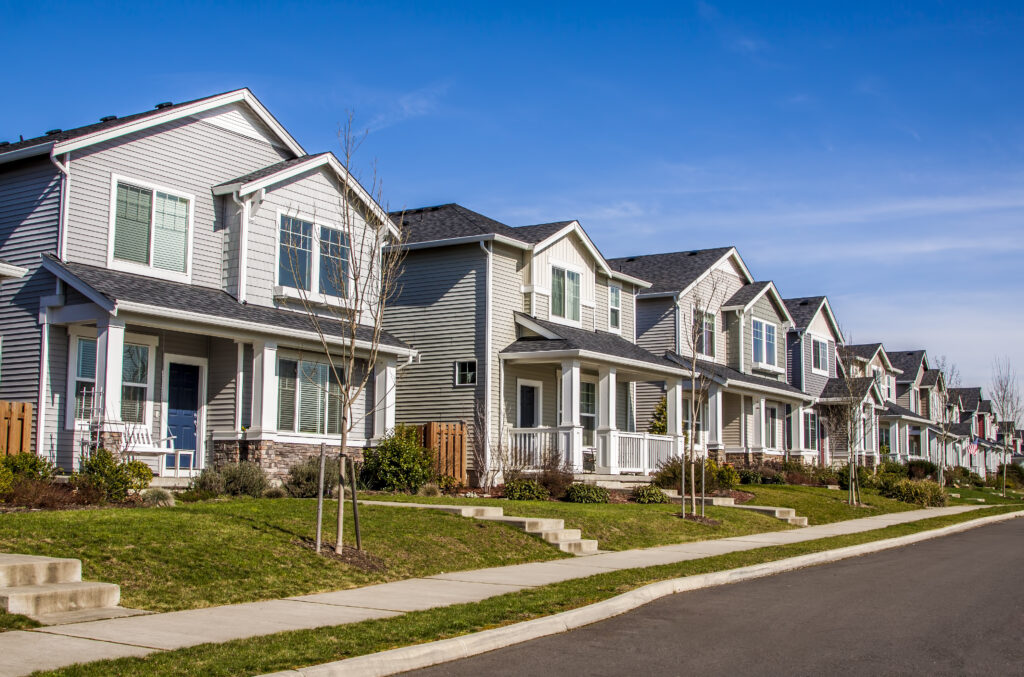
Today there are many misconceptions that classical design is unachievable in a competitive market. However, our experience tells us differently; classical design has proven to be a superior investment for developers, builders, homeowners, and the public sector. Find out more about how a return to Classicism is a return to common sense below.
History of Classical Design Principles
Acknowledging history is necessary to understand why a return to classical design could resolve many of today’s economic and social challenges. Classical design utilizes principles developed by studying human survival for thousands of years and dates back to the Ancient Greeks and Romans. Some basic philosophies include using local vernacular and materials, maximizing available natural resources, and designing according to function rather than monumental purposes. These high-level principles are found in Classical Urbanism and Classical Architecture.
History of Classical Urbanism
The oldest example of Classical Urbanism is found in Rome. The town center model consisted of a gridlike pattern surrounding what is known as the agoras, or common spaces. A city block’s center point, or agora, contained public services and markets surrounded by residents, while farmland remained outside of the city grid. The purpose of the design was to create civility and accessibility while protecting the city’s infrastructure. The Roman Empire is the first known example of Western Civilization.

History of Classical Architecture
Much like Classical Urbanism, the architectural approach stems from the desire to achieve order, constructability, and security. Classical design utilizes the Golden Ratio, a mathematical system underlying aesthetically pleasing art and built spaces alike. Other massing techniques included designing the heaviest portions of the structure at the bottom to carry the load of the top; i.e. mass above mass. This methodology also made construction achievable without modern technology. Additionally, natural light and a balance of indoor and outdoor living spaces are central to the classical approach. Architects of the past also had to design public spaces to consider the rigidity and safety of the structure in the event of war, leading them to choose the most durable materials available to the local region.
A Move Towards Modernism
Throughout history, cities worldwide continued to emulate the concepts of urban planning and architectural design found in the Roman Empire. Unfortunately, the western world abandoned the classical approach during World War II, as post-war circumstances incentivized the move to suburban sprawls and simplistic homes that could be quickly produced. WWII created a gap in mentorship among designers and tradespeople, one that would take decades to recover. Lengthy suburban commutes, endless parking lots, and a loss of localized experiences were all incidental repercussions.
Changes in Urban Planning
During WWII, classical design training ceased as men were forced to abandon their studies and take arms. Compacted by the lack of education, the integration of the automobile into mainstream society forever changed the landscape of the United States. In fact, an integral part of rebuilding the nation was to add highway infrastructure, which is still an ongoing economic strategy today. The infrastructure rush during the 1940s and 1950s was the foundation for what we know as suburban sprawl. Today’s urban planners remain influenced by this concept of low-density residential housing, single-use zoning, and reliance on the automobile for survival.
Changes in Architectural Design
As the cityscapes were sprawling into suburban areas, industrialization shaped the design and materials used in housing. The tract home was introduced to the market in the 1940s to provide “affordable” options. The tract home offered a lower market price through subdividing smaller parcels of land and economies of scale from building the same home repeatedly. Unfortunately, tract home subdivisions caused builders and developers to abandon classic architectural design and sacrifice quality.

The Costs of Modernism
Today the consequences of suburban sprawl are starting to make themselves known amongst consumers and community leaders. The infrastructure cost to develop and maintain roads is not sustainable for many jurisdictions throughout the United States. In suburban communities designed with low density, it is uncertain if many cities will be able to collect enough tax revenue in the future to pay for existing infrastructure debt, let alone build or repair new systems. The current model requires new development and tax revenue to pay for old expenses. Eventually, cities will run out of land to be developed and will be forced to increase density to achieve financial solvency.
Consumers also have concerns about the costs associated with suburban sprawl, especially Generation X and younger. Rising fuel and vehicle prices have them questioning whether or not suburban options are actually more affordable. In addition, they value work-life balance and are not as likely to subject themselves to stressful commutes.
Preserving the environment is a significant concern to most Americans and is challenging society to provide alternate forms of transportation or ways to forgo commuting altogether. Lastly, the product life cycle of a home or building is also a concern for sustainability. Currently, the average lifespan of a conventional construction home in the United States is only 60-70 years, meaning that the next generation will be impacted by waste and reconstruction.
The Return of Classical Design
As new evidence arises about the impact of Modernism, many industry professionals are looking to history for answers. Interestingly the principles of Classic Design are making a comeback. After all, Classicism is built upon thousands of years of innovation and cultural and scientific ingenuity.
New Urbanism
New Urbanism is an emerging movement incorporating classic philosophies in urban planning. It is a multi-faceted approach that considers increased density, mixed-use zoning, walkability, connectivity, and sustainable solutions. Read more about MCD’s New Urbanist approach to master planning here.
Accessible Classical Architecture
Perceptions lead industry professionals to believe that classic design is for the elite. However, nothing is farther from the truth.
At MCD, we are dedicated to providing solutions that use forethought and benefit homeowners, the community, and our environment. Contact one of our design experts today if you are looking for a firm that designs with common sense and the future in mind!




